Your Costa Rica Rafting Tour Questions Answered!
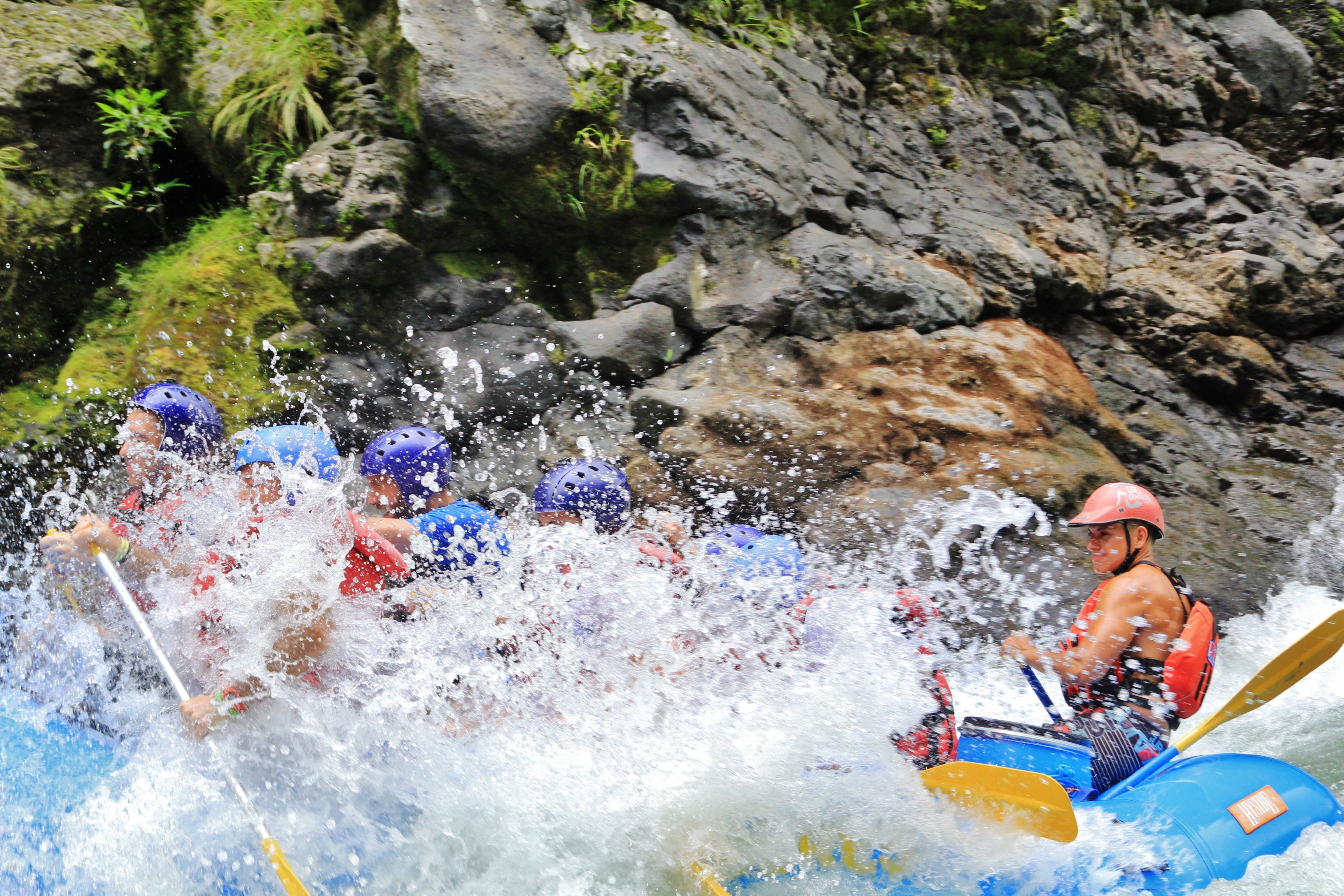
Last updated on July 19th, 2021 at 03:32 pm GMT-6 (Costa Rica time)

Written by Nikki Solano
Nikki is the CEO of Pura Vida! eh? Inc. (Costa Rica Discounts), and the author of the guidebooks Moon Costa Rica (2019, 2021, 2023, and 2025 editions) and Moon Best of Costa Rica (2022 edition) from Moon Travel Guides. Together with her Costa Rican husband, Ricky, she operates the Costa Rica Travel Blog, created the online community DIY Costa Rica, built the Costa Rica Destination Tool, oversees the brand-new (summer 2023) Costa Rica Travel Shop, and designed the Costa Rica Trip Planning 101 E-Course. Also, Nikki wrote the Costa Rica cover feature for Wanderlust Magazine's sustainability-focused Travel Green List issue, showcased Costa Rica destinations and experiences on Rick Steves' Monday Night Travel show and podcast/radio show, and served as the Costa Rica Destination Editor for Essentialist, a luxury travel brand. Want to show your appreciation for her free article below? Thank Nikki here. ❤️️
Do you want to know our pick for the BEST RIVER FOR WHITE-WATER RAFTING in Costa Rica? It is featured on DIY Costa Rica!
Want to save money in Costa Rica?
Our sister site, Pura Vida! eh? Inc., has rafting tour discounts. Con mucho gusto (you’re welcome) and pura vida!

Get the Costa Rica info you need by browsing our article's TABLE OF CONTENTS:
We have rafted Costa Rica’s rivers 2,000+ times. Yes, you read that right.
We are no strangers to white-water rafting tours in Costa Rica, especially white-water rafting tours run on the Pacuare River, which, between the two of us, we have experienced more than two thousand times. As avid rafters, we know Costa Rica’s rivers personally, but we also know them professionally as a result of our experience working as a white-water rafting tour guide and handling rafting tour reservation requests from travelers. Given our familiarity with (and extensive knowledge of) Costa Rica’s various rivers and rafting tours, we’re qualified (and happy) to answer your Costa Rica rafting tour questions.
To learn more about white-water rafting on Costa Rica’s Pacuare River, see our related blog post:
Pacuare River Rafting Tour: Must-Know Info From A Former Tour Guide
FAQ: Our answers to your Costa Rica rafting tour questions
Is previous rafting experience required to participate in a Costa Rica rafting tour?
No. All Costa Rica rafting tours include a safety demonstration (plus all necessary rafting equipment) regardless of a participant’s level of previous rafting experience. While rafting experience is an asset, it is not required.
Do I need to be able to know how to swim in order to participate in a Costa Rica rafting tour?
Not really. Being able to swim will likely help you feel more comfortable in and around water, and that level of comfort may heighten your overall rafting experience. But all Costa Rica rafting tours include life jackets and other safety equipment, plus tour guides are trained in rescue techniques in the event you happen to fall out of the raft, so you should never find yourself in a situation where you must be able to swim.
Do I need to be in good physical condition in order to participate in a Costa Rica rafting tour?
Yes. You don’t need to be an Ironman champion or a marathon runner, but you should be able to climb into and out of the raft without issue, have the ability to use your upper body and arms to paddle, have the ability to bend your knees to sit comfortably in the raft, and not have any preexisting medical conditions that could be made worse by adrenaline-inducing activities, sudden and jerky movements, and/or physical exercise.
How old do you have to be to participate in a Costa Rica rafting tour?
This depends on the river you plan to raft, the rapid class of the river, and the tour operator running the rafting tour. In addition, although every rafting tour outfitter has a minimum age requirement for participation in their rafting tour(s), the limit may be negotiable with the tour operator according to the height and weight of your child, your child’s previous rafting experience, and the time of year you wish to raft, especially if you plan to be in Costa Rica during the dry/summer season when river levels are typically low. Although minimum age limits are subject to change, the following are the most current age limits we have on record for the top white-water rafting tours in Costa Rica.
Costa Rica white-water rafting tour minimum age limits by river, rapid class, and tour operator:
Pacuare River; class III/IV (Exploradores Outdoors): 12 years old
Reventazon River; class II/III (Exploradores Outdoors): 6 years old
Sarapiqui River; class III/IV (Desafio Adventure Company): 13 years old
Sarapiqui River; class II/III (Desafio Adventure Company): 10 years old
Balsa River; class II/III (Desafio Adventure Company): 10 years old
Tenorio River; class III/IV (Desafio Adventure Company): 13 years old
Tenorio River; class II/III (Desafio Adventure Company): 10 years old
Naranjo River Chorro Section; class IV (H2O Rios Tropicales): 15 years old
Naranjo River; class III/IV (H2O Rios Tropicales): 8 years old
Savegre River; class II/III (H2O Rios Tropicales): 6 years old
What is the difference between a class II/III river in Costa Rica and a class III/IV river in Costa Rica? Which river class should I choose?
River classes (sometimes referred to as grades) signify river difficulty. In general, class II signifies a novice class, class III signifies an intermediate class, and class IV signifies an advanced class. Classes are often grouped together (e.g., as class II/III or class III/IV) when a river includes a combination of easier and more difficult sections. In Costa Rica, most white-water rafting tours are run on either class II/III or class III/IV rivers. In layman’s terms, at least in Costa Rica, class II/III rivers are best chosen by timid rafters and/or rafters with children who may be too young to participate in class III/IV river rafting tours. In contrast, class III/IV rivers are the most common rafting tour option; they are available to all travelers who meet the minimum age limit for participation, they are ideal for both beginner and experienced rafters, and they provide the most thrilling rafting tour experience.
What color/clarity of water can I expect from a river?
Unfortunately, this is impossible to predict. Water clarity and color are dependent on several factors that change from day to day, most notably the degree of dirt and mud flowing into the river from its surrounding landscape and mountains due to recent rainfall. Throughout Costa Rica, we have rafted rivers that are nearly crystal clear as well as rivers that resemble melted chocolate. Approximately 70% of the time, rivers are relatively clear.
Will I see wildlife during my Costa Rica rafting tour?
Unfortunately, this is impossible to predict because wildlife-spotting is never guaranteed. This being said, while rafting, we typically spot a variety of birds and butterflies flying overhead, egrets and herons perched on riverbanks, and iguanas basking on tree branches. From time to time, monkeys can be heard, as can the river’s natural soundtrack of bird calls, cicada buzzes, and roaring rapids. The trouble with trying to accomplish more in-depth wildlife-spotting during such a fast-paced activity like white-water rafting is that the nature of the flowing tour makes it nearly impossible to stop along the way to search for or admire fauna. To avoid disappointment, accept that your Costa Rica rafting tour experience will be an adrenaline-inducing adventure, not a wildlife-focused tour. Any animals or critters spotted along the way are a bonus.
What happens if it rains the day of my Costa Rica rafting tour?
Costa Rica is part rainforest and rain is inevitable. For this reason, the majority of tours and activities–rafting tours included–run rain or shine. Since white-water rafting tours occasionally splash you with water, you’ll get at least slightly wet anyway, and rain hardly hinders the experience. In the event of extreme weather, such as significant rainfall that could increase a river to a dangerous water level, the river trip would be canceled.
What happens if my Costa Rica rafting tour reservation is canceled?
In the event of a rare river tour cancelation issued by a rafting tour operator, the tour operator will either offer a rafting tour experience on an alternative river (if one is available and safe) or make an attempt to reschedule the original river rafting tour experience for a different day (usually the next day). If/when neither of these solutions is possible, payment for the canceled tour is not required. If a full or partial prepayment was paid to the tour operator, then a refund would be issued.
Are Costa Rica rafting tours ever canceled for reasons other than high river levels?
Not usually. We cannot say this would never happen because life is full of surprises and anything is possible. However, throughout our history of rafting Costa Rica’s rivers (nearly 15 years) and working with rafting tour outfitters, we can only remember a few times when rafting tours were canceled due to reasons other than dangerous water levels (they were caused by obstacles blocking river access, such as fallen trees, mudslides, and street protests). While cancelations that result from high river levels are rare, cancelations that result from other causes are far more unlikely.
What do I wear for my Costa Rica rafting tour?
In short, wear comfortable clothing that you don’t mind being wet in. Most men wear bathing suit shorts with a t-shirt, and most women wear shorts and a t-shirt or tank top with a bathing suit underneath. Water shoes, running shoes, or strap-on sandals are a must as flip-flops or the use of other non-secure footwear is not permitted. Hats are also not permitted, as a helmet must be worn during the tour. If you have long hair, consider leaving your hair down or tying it in a low ponytail/bun to prevent discomfort while wearing the helmet. Do not wear any valuable jewelry or accessories to avoid losing them in the river. If you must bring glasses, be sure to have a tight-fitting band that will keep them secure around your head (under your helmet) while you experience the bumpy rafting ride.
What do I bring for my Costa Rica rafting tour?
If you plan to use your Costa Rica rafting tour as a city-to-city transportation-inclusive tour (as described in our related blog post Costa Rica Tour Transportation: How To Use Tours To Travel Between Destinations) bring all of your trip luggage with you the day of your tour.
Separate from the rest of your luggage (if you plan to use the rafting tour as a city-to-city transportation-inclusive tour) and in addition to the clothes you plan to wear during the rafting tour, bring a towel and a set of dry clothes (including a t-shirt or tank top, shorts or pants, undergarments, and footwear) to change into upon completion of the rafting tour. Although most tour operators provide tour participants with plastic bags for storing wet clothes in, it is not a bad idea to bring a plastic bag of your own, in case one is not provided. Bring a high SPF waterproof sunscreen (we recommend 60+) for adequate sun protection while on the river, any necessary prescription medicine, and cash for tipping your tour guide and/or purchasing rafting tour souvenirs (such as photo CDs and/or t-shirts) after the river trip.
What do I bring with me to the river to store in the raft?
In addition to the clothes you plan to wear during the rafting tour, the only other items you should bring to the river (which will be stored in the raft in either a waterproof container or your tour guide’s waterproof bag) are a high SPF (we recommend 60+) waterproof sunscreen for adequate sun protection while on the river and any medication you may need to take throughout the course of the day. Your tour guide will inform you where you should leave your other belongings (such as your towel and change of dry clothes/footwear) while you are on the river.
Is there an option to buy rafting photos or videos from the day as a tour souvenir?
In most cases, yes. Unless by fluke one is not available the day of a particular tour, a photographer (sometimes called the tour’s paparazzi) will accompany the rafting tour group down the river (usually in a kayak) in order to capture photos and/or videos of the day’s events. Access to photos and/or videos is available for purchase at the end of each rafting tour. Although the cost varies across tour operators, photo and/or video souvenirs typically range in price from $20.00 to $40.00.
Is it possible to use Costa Rica rafting tours as a means of transportation between cities?
Yes! As we describe in our related post Costa Rica Tour Transportation: How To Use Tours To Travel Between Destinations, some Costa Rica rafting tours include complimentary transportation between two different Costa Rican cities. For a complete list of our recommended Costa Rica rafting tour options that include a pick-up in one city before the tour and a drop-off in another city after the tour, please visit our article linked to above.
I plan to use the rafting tour as a means of travelling between two destinations; what do I do with my luggage while I participate in the rafting tour?
Depending on the river you plan to visit and the tour operator running the rafting trip (as each outfitter has their own luggage storage plan), your luggage will be safely secured for you while you raft. In most cases, luggage is stored in lockers (large enough to contain multiple suitcases), however for more remote river trips, luggage may be stored in the tour operator’s tour transportation vehicle, which is locked and guarded by the tour operator’s driver.
What happens to my city-to-city transportation service if my Costa Rica rafting tour reservation is canceled?
The transportation service is still provided. Since many travelers use city-to-city transportation-inclusive tours as a way of traveling between destinations, the transportation portion of the reservation is still provided regardless of whether the rafting portion of the day’s activities is canceled. For example, if you plan to use a Pacuare River rafting tour to get from San Jose to La Fortuna and the river trip is canceled the day of your tour, you will still receive transportation between San Jose and La Fortuna to accommodate your scheduled trip itinerary. In these cases, when a rafting tour is canceled and an alternative river is not able to be run in its place but a city-to-city transportation service is still provided, the rafting tour is charged at a discounted rate. The partial payment charged covers the cost of the transportation service provided between cities, as well as the cost of any meals or other services provided. The exact discount awarded depends on the river and the tour operator you choose, as each tour operator’s cancelation policies vary from the next.
Are meals included with Costa Rica rafting tours?
In most cases, yes. The majority of Costa Rica rafting tours are 3/4-day or full-day excursions that include lunch. In some cases, breakfast and lunch are both included. There are a few half-day rafting trips that do not include a meal, but they typically provide rafters with a snack, such as fresh fruit and/or cookies, as well as a beverage.
Do I tip my Costa Rica rafting tour guide? How much do I tip my Costa Rica rafting tour guide?
Although not all Costa Ricans tip, tipping is a common practice among foreign travelers. As a result, the practice has come to be expected by rafting tour guides who offer a valuable service worthy of appreciation. For tipping amount recommendations, assuming your rafting tour guide was friendly, knowledgeable, fair, safe, and contributed to your enjoyment of the Costa Rica rafting experience, aim for 10% of your rafting tour’s cost, or 15% if you’re feeling generous. For more information about tipping recommendations, don’t miss our related blog post What To Know About Tipping In Costa Rica.
How long does it take to get to the river?
This answer depends on which river you plan to raft and where you plan to depart from. Since river trips can depart from nearly every popular city in the country, the drive time could be anywhere from ten minutes to three hours long. If you have a specific Costa Rica rafting tour in mind, as well as a specific departure location, please post these details as a comment at the bottom of this page and we will respond with an approximate driving duration for the route.
Can I drive myself to and from the river?
In some cases yes, and in other cases no. For many Costa Rica rafting tours, the tour operator has a meeting spot, center, or clubhouse nearby the river. When this is present, you can drive yourself to and from the meeting spot and secure parking is usually available on-site. From the meeting spot, you’ll then take the tour operator’s transportation vehicle to the river put-in site, as well as from the river take-out site back to the meeting spot, if applicable. In cases where there is no meeting spot, center, or clubhouse you can drive to, we strongly recommend that you do not try to drive yourself to and from a river. Not only will vehicle parking at the river not be secure, but since the river take-out site is downriver from the river put-in site, once the rafting trip is complete, you’ll need to figure out a way to get back to your vehicle upon completion of the rafting tour.
Costa Rica rafting tips: Important things to know before you go
In addition to the questions and answers supplied above, familiarize yourself with our helpful Costa Rica rafting tour tips, advisories, and other important things to know.
River levels are determined by the amount of rainfall that a river receives the day/night before (and early morning of) the rafting tour date.
Costa Rica’s rivers are typically higher during the rain/wet/green season (May-December) and lower during the summer/dry season (January-April). This being said, a significant amount of rain received overnight on any day of the year can increase the river’s water level and affect a rafting tour’s ability to run the following morning. For this reason, river levels and rapids are difficult to predict and cannot be guaranteed in advance. Unfortunately, there is no surefire way to know whether a rafting tour will or will not run on a particular date, and similarly, there is no way to know whether the rapids will be awesome or average on the day you plan to raft.
When is the best time of year to go rafting in Costa Rica?
If we considered, on average, all of Costa Rica’s class III/IV rivers for white-water rafting and gave the water/rapid level a score between 1 and 10 (1 being the lowest level we have seen and 10 being the highest level we have seen), this is what to expect from month to month:January: 5
February: 3 or 4
March: 2 or 3
April (first few weeks, depending on whether the rain/green season starts early or late): 1
April (the last week, depending on whether the rain/green season starts early or late): 5
May: 5 or 6
June: 5
July: 5
August: 5
September: 6
October: 7, 8, or 9
November: 8, 9, or 10
December (first few weeks, depending on whether the dry/summer season starts early or late): 8
December (last few weeks, depending on whether the dry/summer season starts early or late): 5
Rafters absolutely must wear secure shoes, a life jacket, and a helmet when participating in a Costa Rica rafting tour.
The use of a life jacket and a helmet during a Costa Rica rafting tour is nonnegotiable. Also necessary is the use of secure footwear; flip-flops and other shoes that can easily slip off are not permitted. In fact, many tour operators will deny you participation in the tour or require you to purchase water shoes or strap-on sandals from them on-site if you arrive wanting to raft with improper footwear.
No rafting tour operator wants to see any harm done to any traveler (nor do they want to risk their company’s reputation), so if a river was ever unfit to run, a reputable tour operator would cancel the day’s rafting tour.
One of the most common questions we are asked about white-water rafting in Costa Rica is “is it safe?” While recognizing that to a degree risk is unavoidable and inherent in all of Costa Rica’s adventure activities, the short answer is, “Yes, it is safe.” Reputable rafting tour companies check river level measurements daily to ensure the river is not too dangerous to run. They also check weather forecasts to best predict weather changes than can create dangerous flash floods. Assuming you’ve selected a reputable tour operator, if a rafting trip on any given day is a go, the river is considered safe to run. Although there are many Costa Rica rafting tour outfitters available to choose from, we recommend Exploradores Outdoors, Desafio Adventure Company, and H2O Rios Tropicales with the most confidence.
Some Costa Rica rafting tours are city-to-city transportation-inclusive tours (i.e., tours that allow you to get picked up at one destination before the rafting tour and get dropped off at a different destination after the rafting tour).
Costa Rica rafting tours lead the pack of possible city-to-city transportation-inclusive tour options (to learn more, don’t miss our related blog post Costa Rica Tour Transportation: How To Use Tours To Travel Between Destinations). This means that if you plan to travel between two of Costa Rica’s popular destinations, including San Jose, La Fortuna/Arenal, Monteverde, Puerto Viejo de Talamanca, Puerto Viejo de Sarapiqui, Cahuita, Samara, Manuel Antonio, Tamarindo, Conchal, Flamingo, Coco, Hermosa, Papagayo, Liberia, and others, there’s a good chance you can book a rafting tour that serves as a transportation connection. As we outline in our related blog post Planning A Trip To Costa Rica? Read This First!, we recommend a bottom-up approach to trip planning, which suggests you should identify your tour preferences before making other trip decisions, such as decisions pertaining to which destinations to visit, which hotels to stay at, and which transportation services to travel with. If you plan on going white-water rafting in Costa Rica, award your Costa Rica rafting tour choice preferential treatment. Doing so can save you precious vacation time and travel funds in the end.
QUESTION TO COMMENT ON: Have a Costa Rica rafting tour question that we haven’t yet answered above? Leave it for us below!
Pura vida!

Hey, Costa Rica Travel Blog reader, thank you for visiting and reading our blog! We're truly grateful for your time and preference.
Do you know that your spam-free reading experience is most important to us? Unlike some other Costa Rica blogs, we do not to sell your personal information, and we choose not to display ads, sponsored content, or affiliate marketing on our blog so we can keep your visit as distraction- and junk-free as possible. Because we prioritize your privacy, we don't earn money when you visit us, when you sign up for our e-course, or when you click on our links, which means the time and work we put into this blog—including its 300+ articles—is entirely voluntary! If you find our content valuable, and you'd like to thank us for making the trip-planning process easier and your Costa Rica vacation more enjoyable, please consider making a small donation ($1, $2, $3, or an amount of your choosing) to our blog. Doing so is a great way to pat us on the back if you feel we deserve it. 😊 Pura vida, amigos!
Click on the button above to donate through PayPal. (If you cannot see the PayPal button above, click here.) A PayPal account is not required to make a donation; credit and debit cards are also accepted. PayPal donations are confidential; we never see your payment details.
Love our blog? Check out our other Costa Rica-related projects, too:

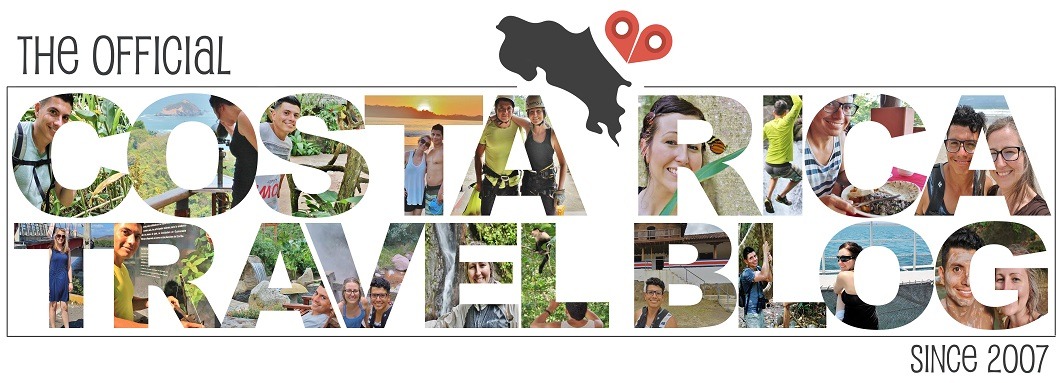

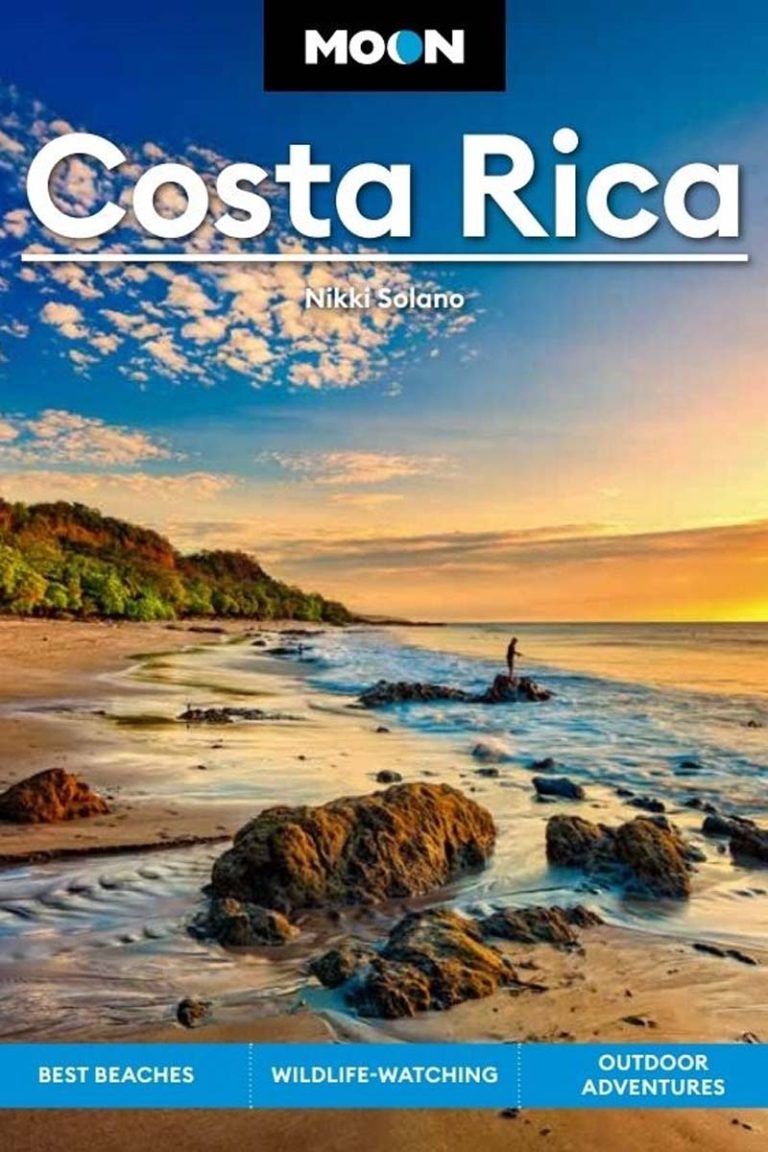
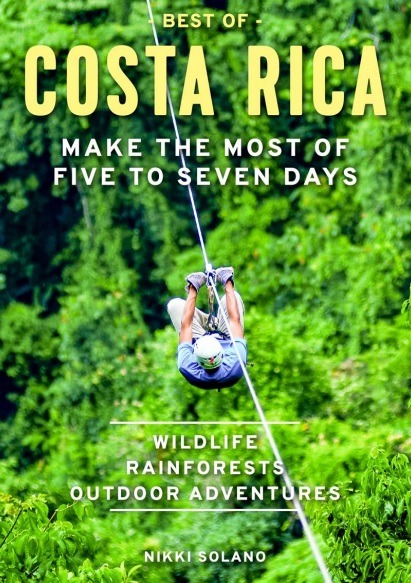

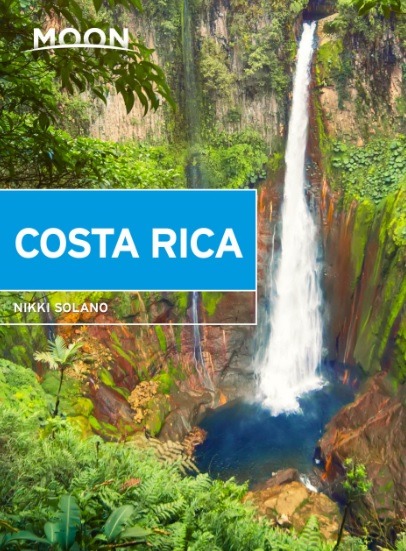


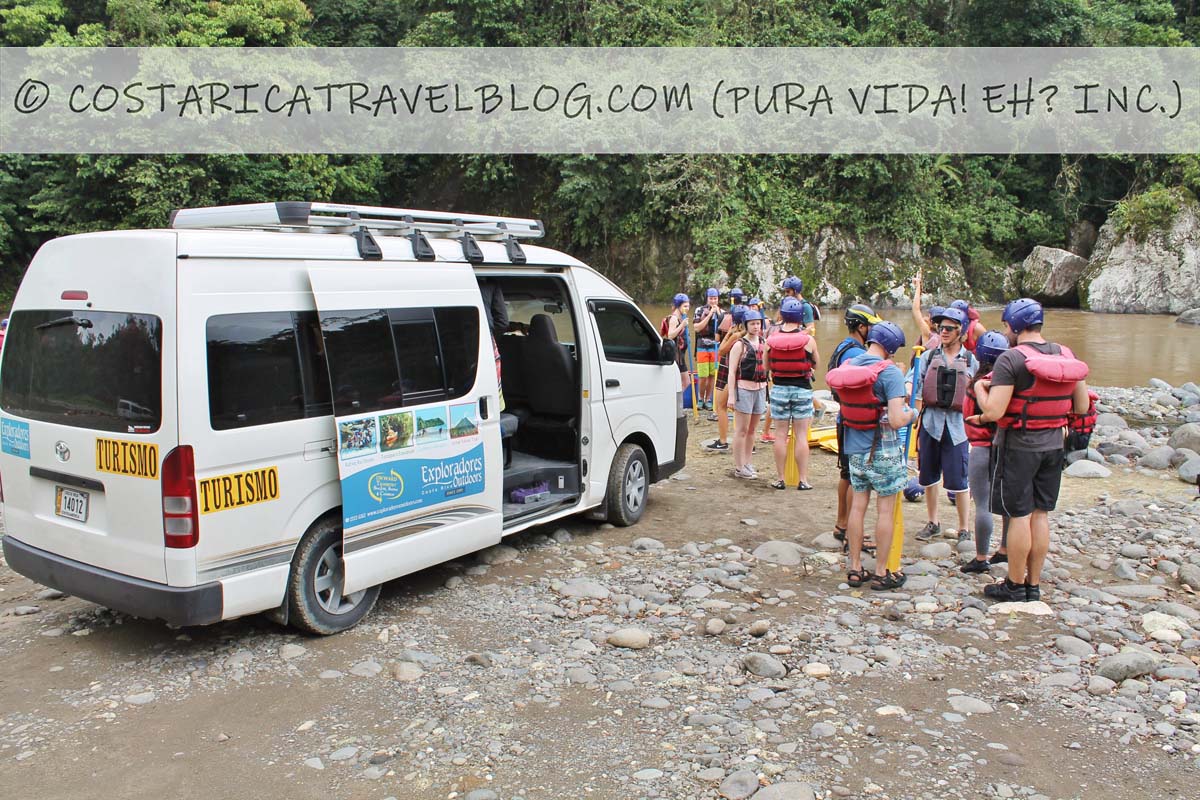
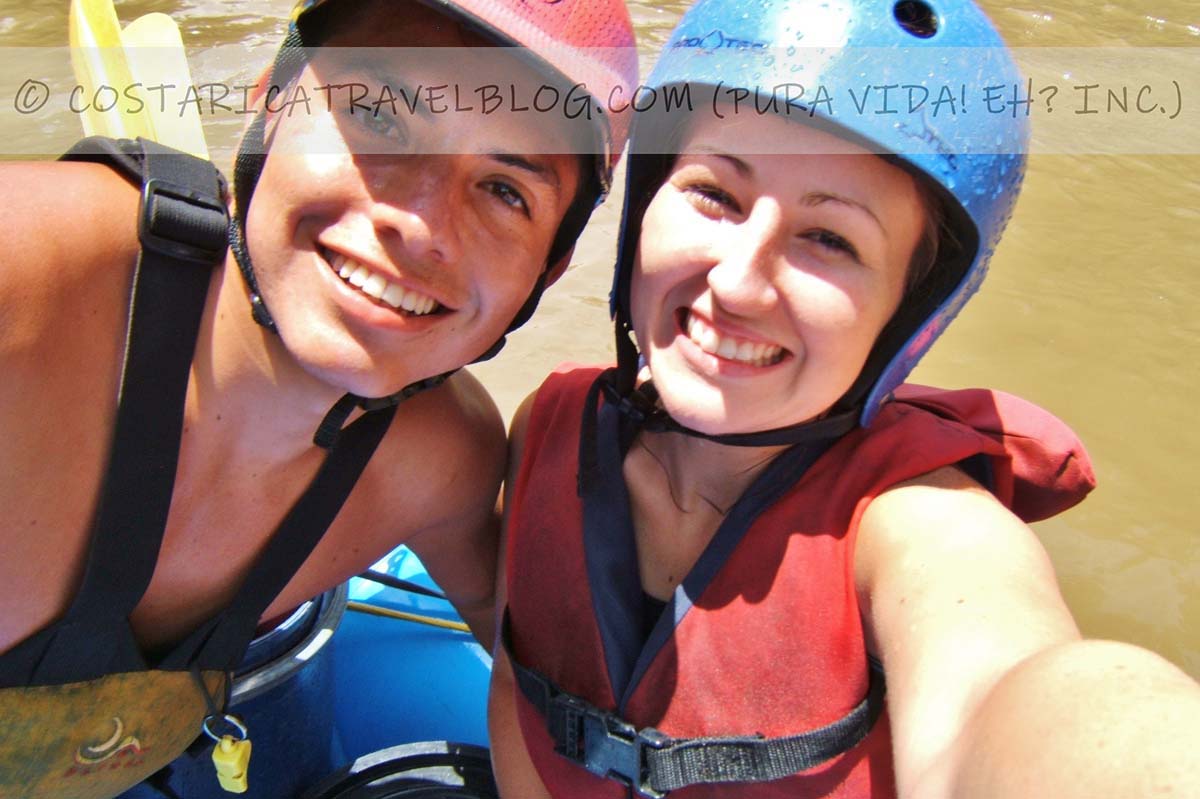










Tagged: adrenaline, balsa river, chirripo river, colorado river, corobici river, costa rica, costa rica travel tips, naranjo river, pacuare river, pejibeye river, rafting, reventazon river, sarapiqui river, savegre river, tenorio river, toro river, tourism, tours, travel, travel guide, white water rafting